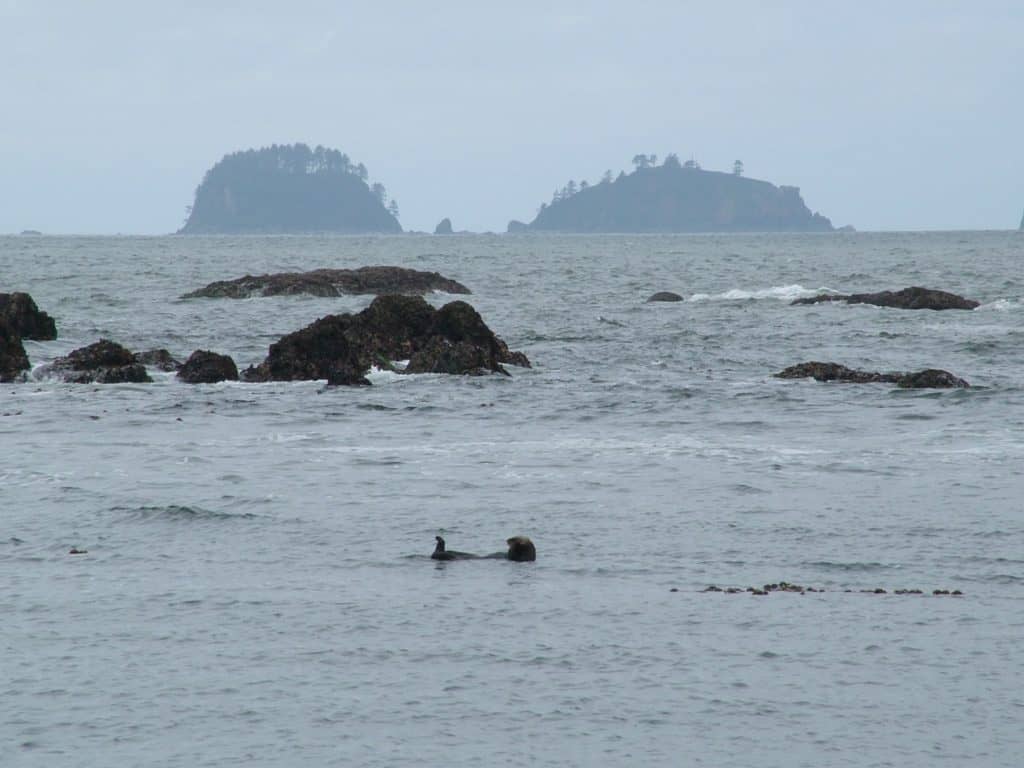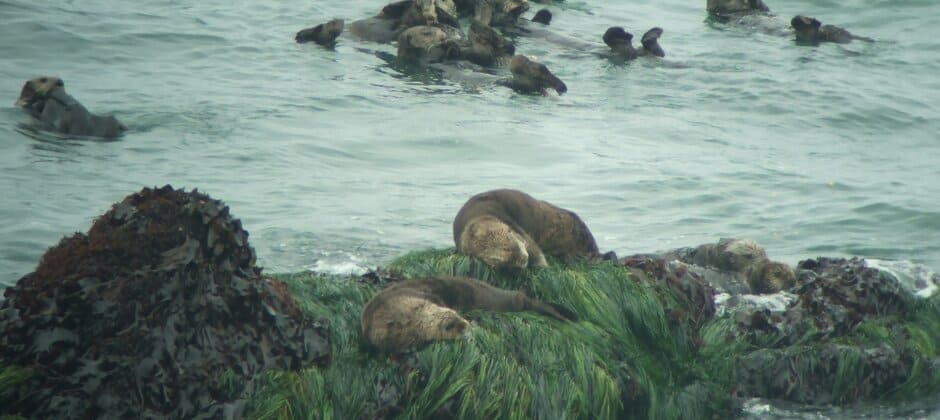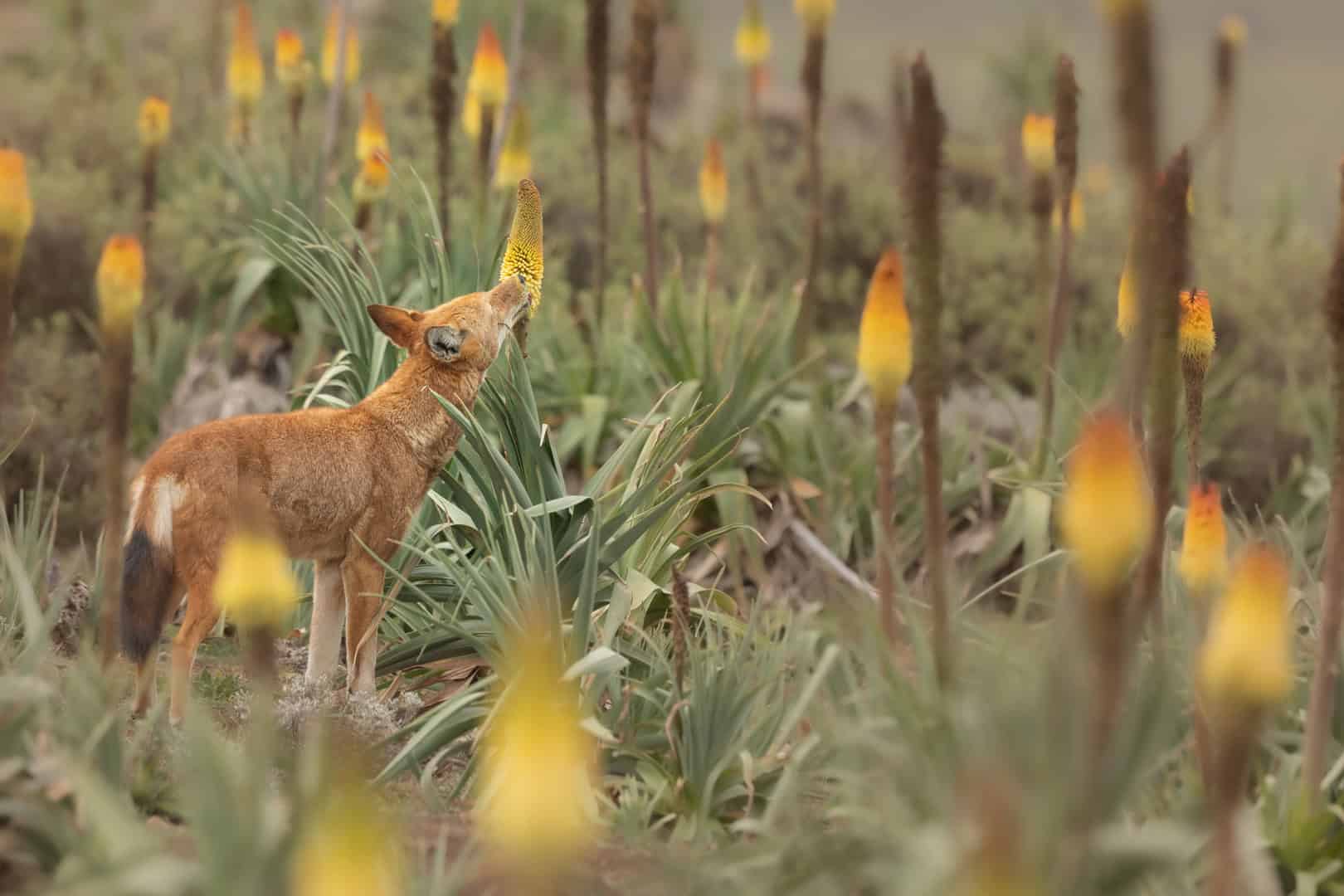Share this article
Decades-old sea otter translocations prove successful
Sea otters translocated to new parts of the Pacific half a century ago have mostly burgeoned into healthy, sustaining populations despite having a nearly 90% death rate in some areas at the time they were reintroduced.
New research shows that the initial few survivors have contributed to rich genetic diversity in some cases, presenting a strong argument in favor of new translocations to parts of the coast the otters haven’t yet permanently returned to.
“The genetic diversity has increased in sea otters over the past 20 years, especially those [populations] that were involved in the translocations,” said Shawn Larson, curator of research at the Seattle Aquarium and the lead author of a study published recently in Marine Mammal Research.
Translocations often don’t go as planned, even today when wildlife managers carry out careful preparation and research. But back in the late 1960s, when managers considered the conservation strategy for sea otters, the field of reintroduction was brand new, and unruly like the Wild West.

A sea otter in Washington state. Credit: Seattle Aquarium
Sea otter populations had been decimated after centuries of exploitation in the fur trade. While the trade came to an end in the early 1900s, populations of the marine mammals were slow to recover. Where an estimated 150,000 animals were found throughout the Pacific Coast of Canada and the United States, only about 1,000 remained in 13 populations scattered along the coast from California to Alaska and Russia. In Washington state, numbers were estimated to have dropped as low as four individuals.
From 1968 to 1971, a number of reintroduction projects were undertaken with the goal of moving sea otters (Enhydra lutris) from some of the few healthy remaining populations to parts of their historic range. But the translocated animals had very low survival rates—80-90% of sea otters died in parts of Washington state and British Columbia and 76% in southeastern Alaska.
Larson and her co-authors decided to look at how genetic diversity of sea otters had changed over time in various populations. This information could tell them if the translocations had been successful at all. Previously, researchers had extracted DNA samples from remains dating back to indigenous harvests in previous centuries. Those samples revealed a healthy level of genetic diversity—between the high 60th percentile and the low 80th.
Researchers collected DNA samples from sea otters again in the 1980s and 1990s and found, compared to a healthy diverse population at upwards of 80%, diversity was roughly between 48% and 53% for the otters.
Larson and her colleagues gathered new samples between 2008 and 2011 from sea otters throughout their range to see if the genetic diversity had increased.
The results showed that some populations were more diverse than others—but not in ways that the researchers were expecting.
The populations with the highest diversity were those that had been reestablished by translocations about four decades earlier in northern Washington state, central British Columbia and southeastern Alaska. Larson was surprised by the results, especially given the low survival during the translocations.

A female sea otter with a pup. Credit: Seattle Aquarium
The southeast Alaska population had about 75% of the genetic diversity compared with diversity before the fur trade. Larson said this high diversity is likely due to that population being made up of sea otters translocated from two different source populations—one from the western Aleutian Islands in Alaska and another from Prince William Sound in Alaska. The British Columbia population was also derived from these two populations, though it relied much more heavily on Prince William Sound source animals.
Sea otters in northern Washington state were derived from the Aleutian Islands, but they had rich diversity likely in part due to natural gene flow from British Columbia otters.
These three populations are now the fastest growing groups, Larson said, both in numbers and average body size. Animals in these areas may have had a lot of space to grow and abundant resources to exploit.
But, in some areas, sea otters aren’t doing as well, likely because of human factors. The sea otter populations of the Aleutian Islands dropped from roughly 90,000 animals in the 1960s to about 9,000 today. This may be due to an increase in orca predation. Killer whales (Orcinus orca) in the area typically preyed on larger whales. But as populations of the latter declined due to whaling, orcas began preying more on seals and sea otters. “The population crashed in the 1990s, and it hasn’t recovered since,” Larson said.
Nonetheless, the study shows that translocations can benefit sea otter diversity, Larson said. Historically, sea otters were also found off the shores of northern California, Oregon and southern Washington state. The Elakha Alliance, a nonprofit dedicated to restoring a healthy sea otter population, has been working to bring otters back to these coastal waters.
Sea otters typically prey on sea urchins and other large invertebrates. But in the absence of sea otters and sea stars, which have been decimated by a wasting disease, proliferating urchins feed on kelp, creating barren areas where there were once underwater kelp forests. Larson and others hope that returning sea otters to these parts of the coast they will help to bring back the healthy kelp forest ecosystems.
“I’m a big proponent of future translocations of sea otters, especially since the ones in the last 50 years have been so successful,” Larson said.
Header Image:
Sea otters in Washington state translocated half a century ago have rich genetic diversity.
Credit: Seattle Aquarium








